What is food preservation? It’s one of the most important concepts that’s practiced by food manufacturers before sending their food into stores. Simply, it’s used to prevent the growth of microorganisms in your food through various methods.
We’ll discuss those methods to help you take care of your food. While food preservation is an extensive process, its necessary to ensure that your food is safe to eat. Learn how food preservation is an essential skill that will help increase the quality of your food.
Benefits Of Food Preservation
There is a multitude of benefits that occur when you preserve your food. Here are some of the most common ones:
Preservation
When food is processed, you make it easier for them to be stored and preserved. Food processing techniques like freezing, keeps your food’s nutritional content. Additional methods such as cooking is used to improve the food’s nutritional content.

And, preserved food lasts longer than non-preserved foods. This makes it easier for you to store and keep them without having to frequently purchase the same food each time it expires.
Safety
Another benefit of processing foods is its ability to remove unwanted toxins. For instance, when milk is pasteurized, the harmful bacteria created from raw milk is removed, making it easier for humans to consume it.
Food preservation methods such as smoking or drying, limit or reduce the chance of bacterial growth because bacteria needs water to multiply and grow. Mainy, processing food adds an extra layer of safety and extends the lifespan of your favorite foods.
Marketing And Convenience
Processing allows for manufacturers and marketers to create a uniform product. This means that if you buy a name-brand gallon of milk, you’ll still be able to buy the same product tomorrow. Eating a processed meal allows you to save time preparing and cooking the food.
Preservation techniques
When cooking, you want to keep these preservation technique in mind. Doing so will allow you and your intended audience to enjoy your food without having to deal with outside bacteria or other contaminants that are out to destroy your food’s quality.
Traditional
These methods are known for their simple, yet efficient way of preserving food. Additionally, they are inexpensive in comparison to modern methods and only require a container, high heat, and packaged food to operate. Here are the most common preservation techniques that are available.
Freezing
Freezing food is a combination of packaging, preparation, and freezing foods at their highest peak of freshness. For example, you can freeze fruits, vegetables, fish, cakes, bread, casseroles, soups, and meats.

The best way to freeze food is to ensure that its actually freeze, freeze it as fast as possible, and keep it in the freeze at 0° Fahrenheit.
Here are three tips to prevent freezer burn:
Remember, packaging your food in freezer paper or containers allows the food to preserve its quality. Damage will occur if your food meets the dry air from the freezer. While it won’t cause any harm to you, this will make your food taste bad.
Boiling
Boiling the food by immersing it in water over 212° makes it easier to preserve. The boiling liquid works by killing any existing microbes that might contaminate your food. Water and milk is often boiled to prevent any unwanted microbes from entering them.
Sugaring
In cultures in earlier times in history, sugar was used to preserve food. Sugar is used for fruit preservation. It uses heat and sugar to kill off the microbes that previously existed. Today, we use antimicrobial syrup to preserve plums, apples, oranges, apricots, and pears.
This process starts with raw or table sugar that’s in crystalized form. It can be liquefied to have the appearance of molasses, honey, or syrup. Liquid sugars of high density have the same level of importance as sugar during the food preservation process.

Any vegetable or fruit that needs to be processed during this method must be preserved and thoroughly washed. Then its desiccated via dehydration. Lastly, the food becomes cooked through a raw sugar or a liquid sugar product until the food becomes crystallized and the food is in dried form.
Pickling
Like sugaring, pickling was made as a method of food preservation. Pickled food is placed in, or fermented in acidic juice. This allows the food to extend past its expiration date and reduces the chances of unwanted microbes and bacteria from contaminating your food.
Pickling has been so effective, that its been practiced in multiple countries for thousands of years. It also increases the flavor of the food on occasion, turning some of the pickled foods into tasty snacks.

The most common foods that undergo this preservation process are: Meats, eggs, vegetables,
and fruits. While there are a multitude of ways you can pickle your foods, we’ll make it simpler by providing the quickest method that’s available.
Fresh or quick pickling is the simplest method possible. It works by packaging your food inside a sterilized container and then immersing it inside of pickled brine. Some food might have to be cooked before pickled, but fruits and vegetables can be cleaned and pickled immediately.
Canning
Canning is one of the best food preservation techniques if done properly. First, involves placing the food in containers or in jars. Then, you have to heat them in a temperature high enough to remove the microbes that can spoil your food. The seal prevents air from reaching the food and contaminating its contents.
Canning Methods
There are two popular methods that are used in order to store food. One is the pressure canning method, and the second one is the boiling water method.
Pressure canning is the best way to preserve vegetables, poultry, meats, and seafood. The food jars are stored in 2-3 inches of water that has a heating temperature of 240° Fahrenheit. Food that wants to be preserved is placed inside a water pressure cooker.
While bacteria cells are removed during these high temperatures, they can cause spores and adapt to the temperature.They tend to grow in low acid foods like vegetables and meats. Once the spores mature, they start to create botulinum toxins.

The boiling method is great for fruits, tomatoes, jellies, jams, and other preservative foods. During this method, your food is heated with boiling water and is cooked from up to 30 minutes – 3 hours.
To remove the spores, you have to place the food inside a pressure cooker. Keep the temperature at 240° or above. Foods that have a pH rating of 4.6 (meats, vegetables, seafood, dairy products), have to be placed in a pressure canner to preserve the food.
Fermentation
Fermentation is one of the food preservation methods that’s used by the medical and the culinary industry. It works by converting the carbohydrates into alcohol. This occurs when beneficial bacteria starts to remove the starch inside the food.
Foods that complete this preservation method are known for their ‘acidic’ or ‘tangy’ taste. On average, fermented foods have an expanded lifespan of up to a few months. In fact, some of the foods can be preserved for years if the process is done correctly.
Here are some additional benefits to food fermentation:
- play
- play
- play
Drying is one of the early principles of food preservation as it allowed early American settlers to dry grapes, corn, currants, apple slices, and meat. Compared to most of the food preservation techniques, drying is the easiest one to execute.

In fact, you probably own most of the needed drying equipment at hand. The reason why dried food works well is because its kept at a low moisture content level to reduce the creation of growing organisms inside one’s food.
During the beginning part of the drying process, the temperature needs to be within a range of 150-160° Fahrenheit. This helps the moisture remove itself from the food. Since the food loses its heat during the evaporation stage, the air temperature will be high without the food increasing in temperature.
Once the outside appears to feel dry, that’s when the food will begin to heat up. Reduce the heating to 140° Fahrenheit. By the end of this process, your food might accidentally heat up too much. To avoid this, keep the temperature high enough so that the food is evaporated, but not cooked.
Modern
As time progressed, humans have found better methods of preservation. While these modern methods are criticized for their fast preservation time, they are still a great way to preserve a mass amount of food. Here are the most common modern preservation techniques that are used by manufacturers and individuals today.
Pasteurization
Pasteurization occurs when you use heat processing on food or a liquid in order to make it safe to eat. This method has been known to kill off diseases such as scarlet fever, tuberculosis, polio, dysentery, and typhoid fever.

But, food can become contaminated after its became pasteurized. For instance, if you leave your eggs and milk in there with a low temperature, it can become exposed to contamination. All pasteurized food must be stored in a refrigerator to prevent this issue from happening.
One common way to pasteurize your food is via flash pasteurization. This occurs when you place the food in a high temperature for a short amount of time. Keep it above boiling level for up to 15 seconds (this removes the microbes) and keep your food packaged for later usage.
Vacuum Packing
Vacuum packing is a method that’s used to preserve food by creating an air tight environment. It works by stopping the growth of bacteria, fungus, mold, and other bacterial infections such as psychrotrophs, mesophiles, psychrophiles and thermophiles.
When the bacteria starts to multiply, they remove enzymes such as iron that contains protein, and the chlorophyll within the plants. This leads to a reduction in taste quality, texture, and appearance of your food. Also, its bad for you to eat your food at this state as well.

Fortunately, all of the contaminated bacteria requires oxygen to operate. Vacuum packaging works by depriving the food of oxygen and leaving it inert. This has the same effect on fungal spores and mold. Without oxygen, you render its growth useless and and continue to enjoy your food.
Food Additives
Food additives are substances that are used to preserve the quality of your food. Some common examples of food additives are salt, sulfur dioxide, and sugar. They are added to your food to ensure that it keeps its taste even after being in storage for months.
Using food additives is justified only if it doesn’t mislead consumers, fulfills a technological need, and serve a purpose, such as to enhance the food’s stability or its quality.

Food additives can be either synthetic or organically made from minerals, animals, and plants.
On average, there are thousands of food additives that’s used to make food more appealing and safer to eat. Make sure you know what food additives is on your food to ensure that its safe to eat.
Conclusion
Overall, preserving your food is important no matter the occasion. Whether, you’re preparing a meal for a family dinner or you’re attempting to mass produce poultry, vegetables, etc to a wide audience, you have to make your food appealing and safe for your audience to eat.
Conclusively, follow the above preservation techniques and you’ll expand the lifespan of your food from up to 3 months to 2 years.
Do you have any additional question in regards to food preservation?
Share in the comment section.
Resources:
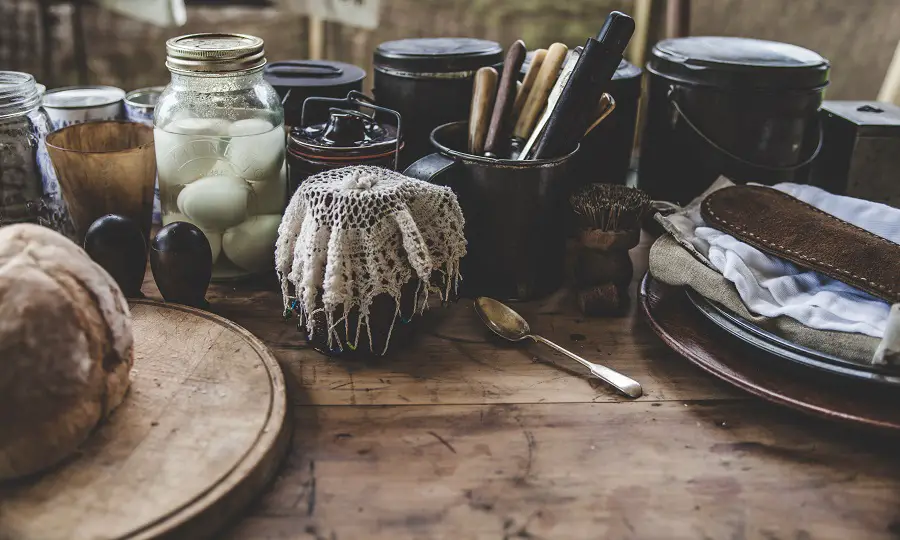
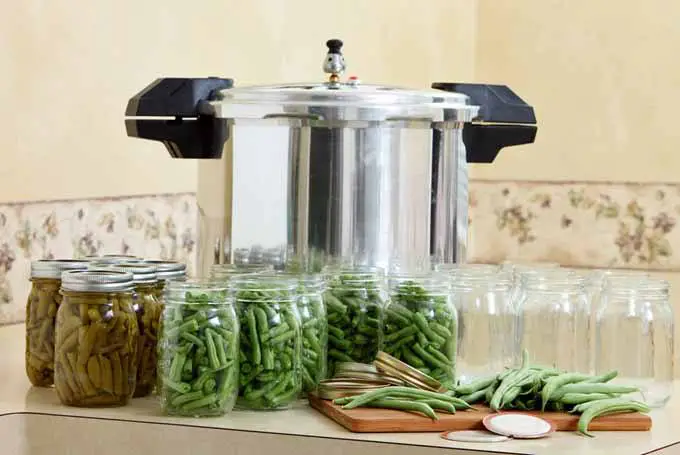
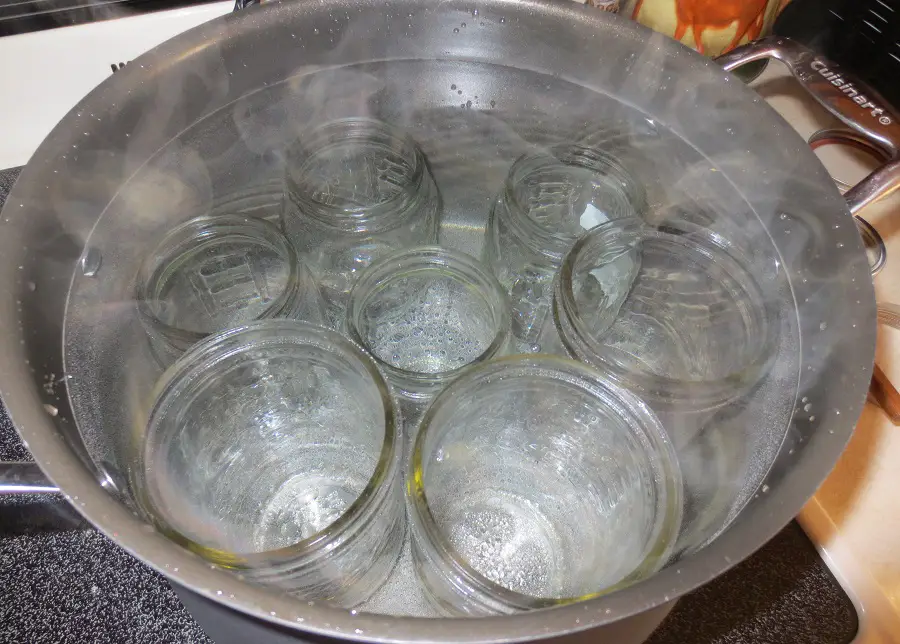
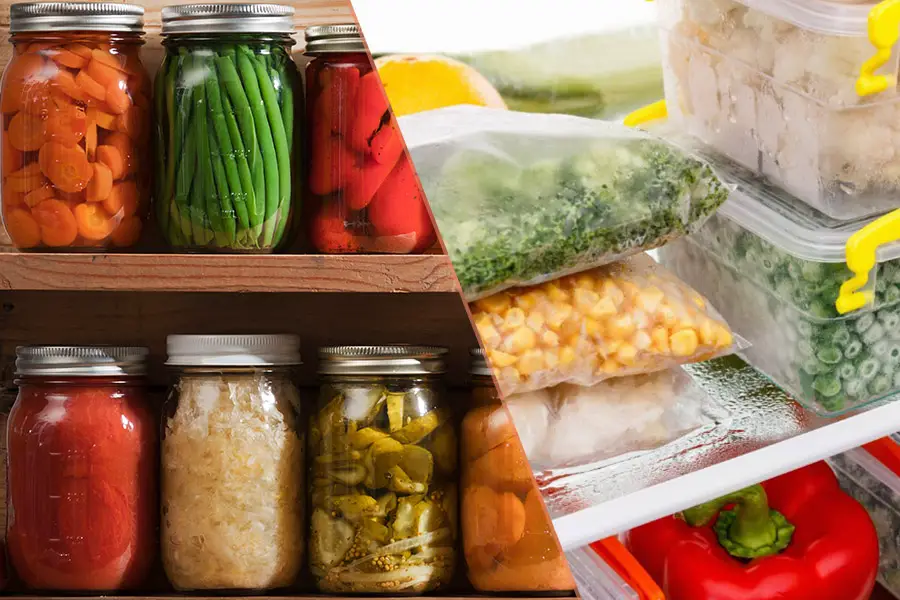
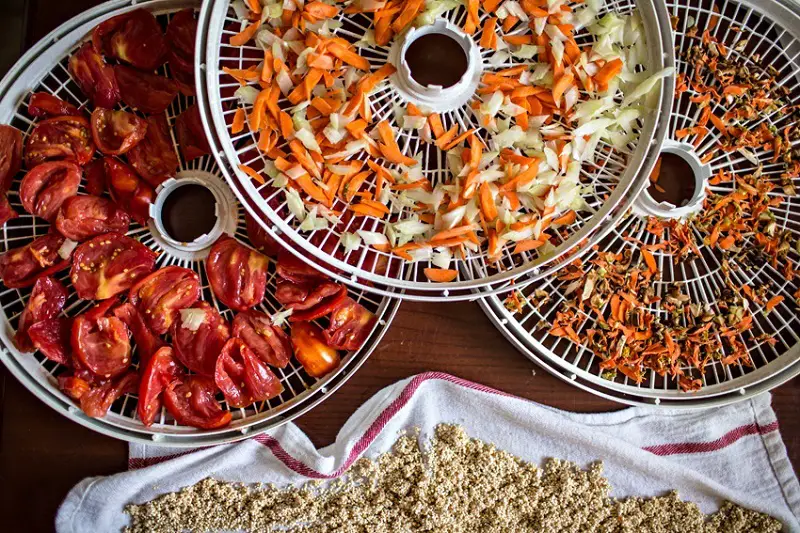
Pingback: Everything You Can do with Canning Jar Lids | PressureCanners.com